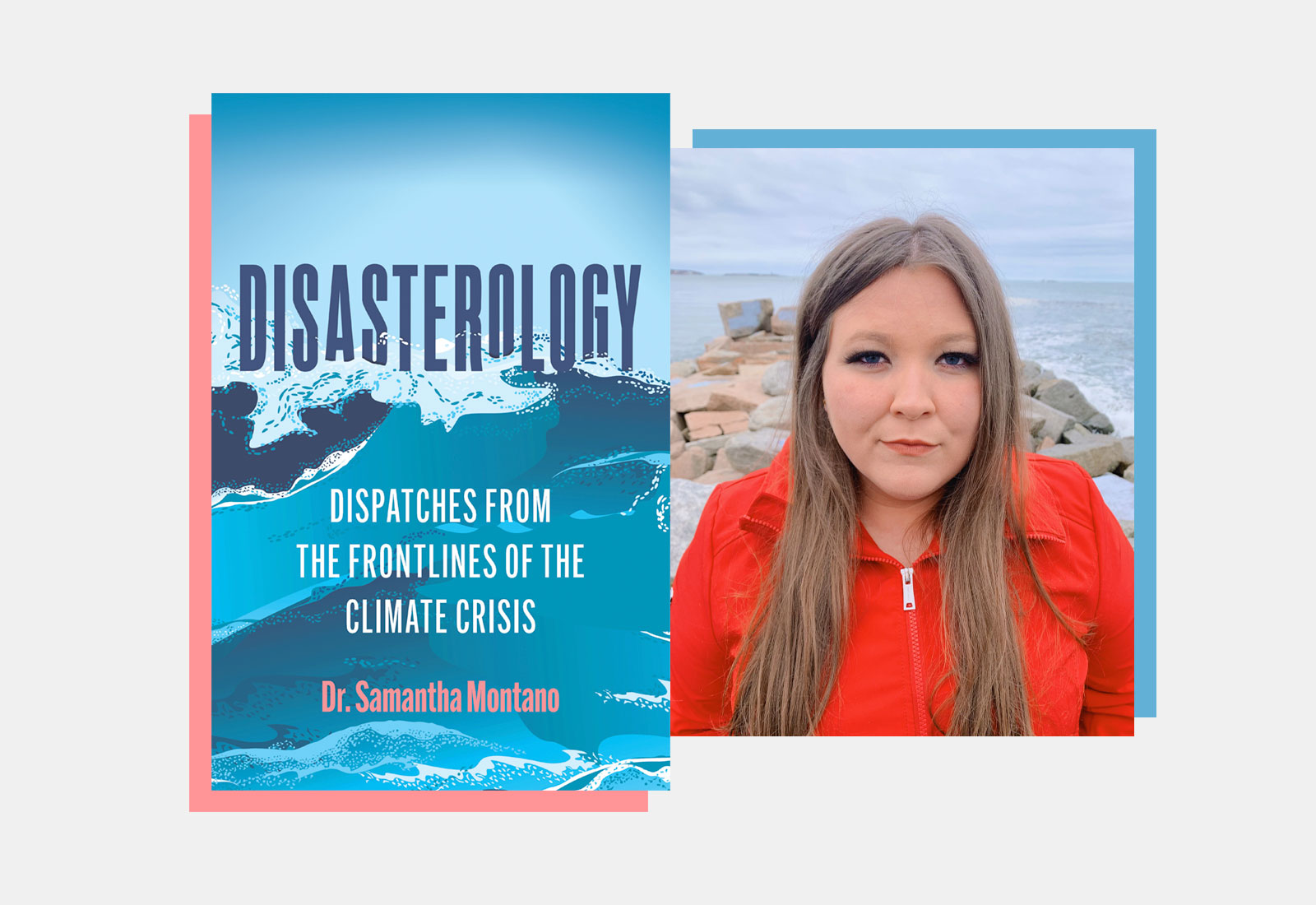In 2005, when Hurricane Katrina hit New Orleans, Samantha Montano was a high school junior in Maine. She signed up for a spring break service trip to help out in the aftermath in New Orleans.
She had no idea what a disaster really looked like.
She soon found out. In New Orleans, she was surrounded by miles of rotting debris stacked high, mold-covered homes, streets dark from lack of electricity or streetlights. There was no recycling, mail, trash service, or transportation, and hardly anything that resembled a school system.
“It was not until I was standing in the aftermath of one that I fully grasped the scope and scale, the complexity, and really, the devastation,” she told Grist.
The trip changed her life. She applied to college in New Orleans so she could return to help. She ended up getting a doctorate in emergency management and, along with teaching at the Massachusetts Maritime Academy, she is now a sought-out expert on emergency management, or what she calls “disasterology.”
And, as she tells you in her new book, Disasterology: Dispatches from the Frontlines of the Climate Crisis, most people don’t really know what emergency management is — or, for that matter, what a disaster is.
Here’s what Montano wants you to know: Most so-called disasters are, in fact, entirely predictable. Instead of focusing on prevention, lawmakers and the U.S. emergency response system focuses on reaction, and even then, our emergency management system is flawed because it doesn’t respond equally to all communities — especially lower-income neighborhoods of color.
“Disasters, and catastrophes, are a choice,” she writes. “They are a political decision.”
Montano traces the history of America’s emergency response system, from the early days of the Civil Defense Act, when the country was terrified of a nuclear attack, to the tumult of the reaction to 9/11, when the Federal Emergency Management Agency was swallowed up by the new Homeland Security Department, a move many now credit as destructive because it removed FEMA’s authority as a cabinet-level agency and left it disorganized.
Mitigation efforts, such as building houses that are more resilient to intense flooding or adopting stronger building codes in earthquake-prone zones, save money. For every $1 of federal money spent on mitigation, $6 is saved. And yet, we cling to a militarized system that doesn’t prioritize prevention, Montano argues.
Montano witnessed the inequity of disaster response in New Orleans, where it took a year for Congress to approve $4 billion in aid — not enough to rebuild the city. It took an additional two years for the program to get set up, leaving many low-income and Black homeowners homeless and in limbo for years about what to do with their property. It ended up taking almost a decade for the $4 billion to be dispersed, and Black neighborhoods received less money to rebuild homes than white neighborhoods. In the end, Katrina survivors received individually an average of just $7,000 in federal relief.

What all of this means, Montano stresses, is that our systems aren’t prepared to deal with the biggest disaster yet — the climate crisis.
This year’s annual report from the United Nations Intergovernmental Panel on Climate Change, released this week, emphasized that the planet is almost guaranteed to warm 1.5 degrees in the next two decades — the temperature marker between manageable and catastrophic warming.
To have a shot at contending with the devastation caused by natural hazards that are becoming more intense due to climate change, Montano says we need to act fast: The emergency management system needs major reform.
In June, a group of bipartisan senators reintroduced a bill that Montano feels hopeful about.
The bill, called the Disaster Learning and Lifesaving Act, would create a National Disaster Safety Board to study the underlying causes of damages caused by hazards to inform how to improve disaster recovery programs. Additionally, Montano says, citizens need to organize, educate themselves, and take action, both by demanding change from lawmakers as well as participating in mitigation projects in their own communities.
And all of us need courage, Montano says, even though there is no assurance that the climate crisis will have a happy ending. “We can save most of the places and people we love, but we have to act quickly and wisely,” she writes in Disasterology. “I am making a choice to fight for our survival and I hope you will too.”



